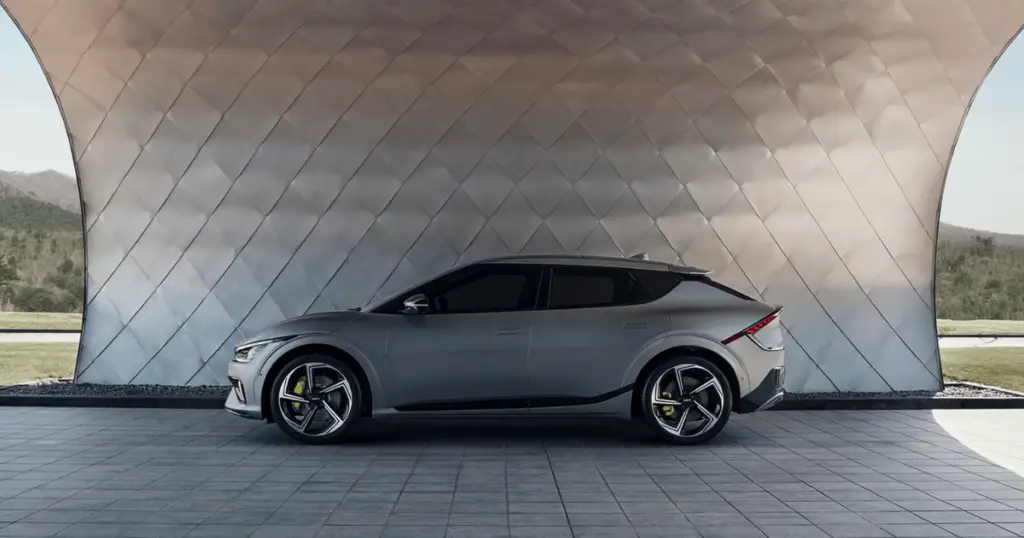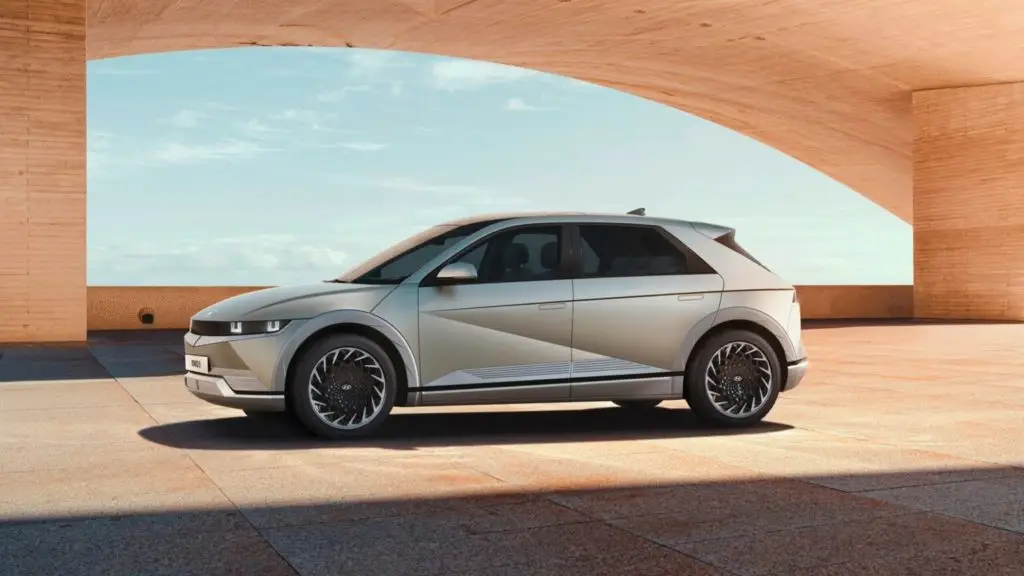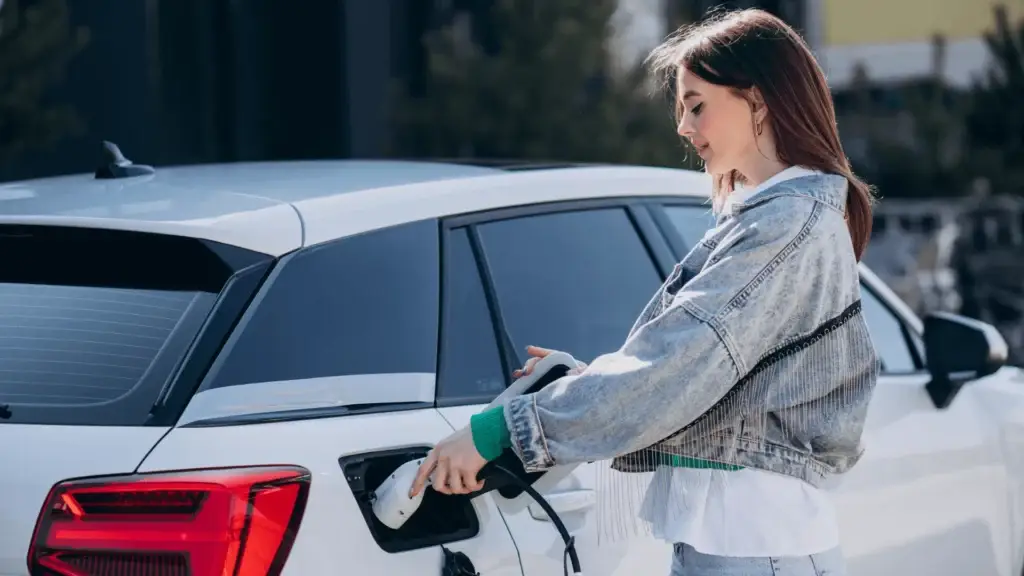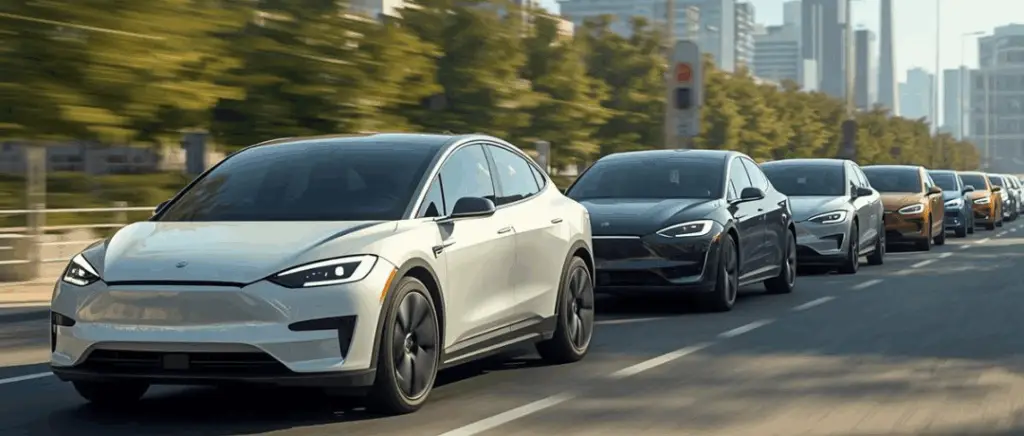Our experts answer your questions with a smile
Monday to Friday 9am - 12.30pm - 2pm - 7pm
V2G, V2L, V2X: definition
Today, with new technologies, charging stations are not just for electric vehicles. Technologies such as V2G, V2Lor the V2Xare innovative in that they will add a function to the electric cars and charging stations.
It's true that these terms are rather confusing, but they are essential to know. The principle behind these technologies is simple: use the energy from an electric car to redistribute it to another player, hence the "vehicle-to" designation.
There are 5 of these technologies:
V2G (Vehicle-to-Grid)
Le V2G (vehicle-to-grid)is a technology that makes it possible to reflect the energy of the battery from an electric car to the electricity grid. In other words, when you recharge your electric vehicleThe energy stored in the battery will be redistributed to the electricity grid to power the electrical appliances in your home.
For this system to work, the installation of a charging point WallboxA two-way charging system is essential.
In fact, if you're wondering whether this technology is available in France, it already is since it has been certified as being a solution for balancing France's electricity grid. It is also one of things you may not have known about charging stations.
Read also : Vehicle-to-Grid: are electric cars a source of energy?
Discover several models of electric vehicles that can be delivered quickly!
V2L (vehicle-to-load)
Also known as "Vehicle for recharging in French, this technology makes it possible to recharge electrical appliances using the electric car. The V2L is also present on the Hyundai IONIQ 5,the Kia EV6 and the MG4.
With this technology, it will be possible to recharge any device with energy from the electric car batteryThis can be very useful if you're on holiday and have nowhere to recharge your equipment. This can be very useful if you go on holiday and have nowhere to recharge your devices. In that case, your electric car will be your saviour!
V2H (vehicle-to-home) / V2B (vehicle-to-home)
As its name suggests, the technology of the V2H (vehicle-to-home) is based on the same principle: the energy from an EV's battery is redistributed to the electricity grid, but this time the home's electrical system. For the V2B (vehicle-to-building)This technology is similar to V2H, except that with V2B, the energy is stored in the vehicle's battery, will be redistributed in a building.
As with V2B (vehicle-to-building)or the V2GA Wallbox is required as a recharging point, either a bidirectional load.
V2X (vehicle-to-everything): a multifunctional technology
Why multifunction technology? Because the V2X (vehicle-to-everything) combines all the features mentioned above. It's an all-in-one package.
In fact, it's a technology that the carmaker Hyundai would like to introduce on its next electric cars. On the one hand, to make better use of renewable energiesOn the other, to reduce energy consumption on local electricity networks. In the future, electric cars will be able to redistribute energy throughout the electrical network, whether in buildings or homes.
Read also : Rising electricity prices: tips for reducing your electricity bill
You would like to
to electric?
Beev offers multi-brand 100% electric vehicles at the best prices, as well as recharging solutions.
V2G, V2L, V2X: what's the point?
As we touched on earlier, these technologies bring new functionalities to electric vehicles and charging stations. Unlike thermal technologies, these are solutions to current economic and energy issues, such as :
- the cost of electricity We are all currently faced with rising electricity prices, both for individuals and businesses.
- help in the event of a power cut The batteries in electric vehicles are an alternative way of recharging your other devices.
- comfort Having recharging facilities in your own car gives you added convenience. So you won't necessarily need to stop at a rest area to recharge your bike or your computer. It's all at your fingertips!
What are the limits of these technologies?
These technologies are certainly innovative, but are there any limits? If so, what are they?
As we said earlier, just to connect an electric vehicle to an object, you needinstall a Wallbox charging point specific.
While in France the V2G technology is not yet widespread throughout the country, this technology has been well known in Japan for quite some time, thanks to the charging standard CHAdeMO Japanese. In Europe and America, the most widely used recharging standard is still the CCS Combo in 1ʳᵉ position. With this standard, V2G technology will not be on our electric vehicles and terminals until 2025.
There is another limitation: like many components, the battery in an EV degrades with each charge. With these different technologies, the electricity has to go back and forth several times, and this could have repercussions on the cells of the battery. lithium-ion battery and later on theautonomy of the vehicle. However, these impacts are minor and are estimated at 2.3 % loss per yearaccording to a GEOTAB study.
To further limit the degradation of a battery when, for example, the V2G system is mobilised, the solution would be to use a intelligent control algorithm on charging points. The aim is to improve battery life by controlling the recharging of the electric vehicle.
In fact, manufacturers are well aware of this problem and are continuing to improve the way these technologies work so that they become even more efficient in the long term.
Read also:
Which electric cars have these technologies?
In fact, several carmakers have already incorporated these technologies into their electric cars, to create a link between mobility and energy. Here are a few examples:
Nissan Leaf

Since 2010, the Nissan equips its electric Leafs with V2Gthanks to CHAdeMO-type sockets. As one of the first cars to have this feature installed, it has already been tested by more than 7,000 Japanese households and the results are nothing but beneficial: savings in energy and money while smoothing out consumption peaks.
This has been put in place to support the electricity grid and convert the electric car into a genuine source of energy.
Being a family saloon and electric 100 %With its folding seats and 435 litres of boot space, this car is flexible enough to meet every need, whether you're going on holiday for several weeks or a weekend away.
The Nissan Leaf, which has been on the market since 2011, is still available and here are the different price levels depending on the trim level chosen:
- Nissan Leaf Acenta: from €36,900
- Nissan Leaf N-Connecta: from €38,900
- Nissan Leaf Tekna: from €41,050
- Nissan Leaf e+ N-Connecta: from €43,050
- Nissan Leaf e+ Tekna: from €45,200
If you prefer to lease, Beev offers you this option Nissan Leaf at LMD (Medium-term leasing).
MG Marvel R
As well as being a SUV ideal for family holidaysThe MG Marvel R is equipped with V2L (vehicle-to-load). The Electric SUV will charge an electric scooter or an electric barbecue, with a power cable capable of delivering a maximum power of 2,200W.
If you are interested in this electric car, it is available in 3 different finishes:
- MG Marvel R Comfort From €43,990 (excluding environmental bonus), with a range of 402 km,
- MG Marvel R Luxury From €46,990 (excluding environmental bonus), with a range of 402 km,
- MG Marvel R Performance From €53,990 (excluding environmental bonus), with a range of 370 km.
For more information, please consult the Marvel R technical specifications or contact our experts Beev.
Kia EV6

There's no need to introduce this one: the Kia EV6. As well as being a 100 % electric family car, the Kia EV 6 is equipped with the following technology V2G (vehicle-to-load). As with the MG Marvel R, it will be possible to recharge any type of electrical appliance, and even another electric vehicle. It's a rather good alternative, given that in the face of high demand for electric cars, the recharging infrastructure installed in France remains inadequate.
This electric car also incorporates V2LThis allows motorists to charge electronic devices such as laptops and electric bikes.
The Kia EV6 is available in 3 trim levels:
- Kia EV6 Air Active from €47,990 for 125 kW out of 170 bhp
- Kia EV6 Air Design from €51,990 for a power of 168 kW
- Kia EV6 GT-line from €59,790 for a power of 168 kW
If you would like to hire the Kia EV6, it is also available in professional leasing (LLD).
Hyundai IONIQ 5

If we were to dwell for a moment on the compact crossover the IONIQ 5technology, the V2Lalso known as an inverted charger, enables a smartphone to be charged wirelessly from the inside, with a power rating of 15W and 230V. From the outside, an adapter connected to the external charging socket provides 3.6 kW of power, whether the car's engine is running or stopped.
The Hyundai IONIQ 5 is available in 4 trim levels:
- Intuitive From €51,200
- Creative From €54,000
- Executive from €60,000
- Executive + 20-inch wheels From €60,400
It is also available for hire Long-term leasing for professionals. Don't hesitate to contact our Beev experts for more information.
Volkswagen : ID Series
Whereas Volkswagen wants to become a leader in the automotive sector in the next few years, the brand has also chosen to build a bridge between electromobility and the electricity grid.
So, thanks to V2G integrated into the electric brand (on ID models to be precise), its cars can supply homes by the end of 2022, as Herbert Diess, Volkswagen's CEO, put it: "Two-way charging will be available this year for all ID. Models with a 77 kWh battery, also via the OTA update. Initially, we will only be offering the vehicle at home. This means you can run your dishwasher on electricity from abroad.".
Would you like to install a recharging point?
In conclusion
Today, technological advances are part of our daily lives, particularly in electric cars.These technologies have a number of aims:
- for motorists: These technologies meet users' needs in terms of comfort, allowing them to have all their equipment within quick reach.
- the environment : At a time when the world is facing an energy crisis, these technologies will not only make electricity easily accessible to everyone, but will also rebalance the electricity grid so that energy is used only when it is needed, and in a renewable way.
































